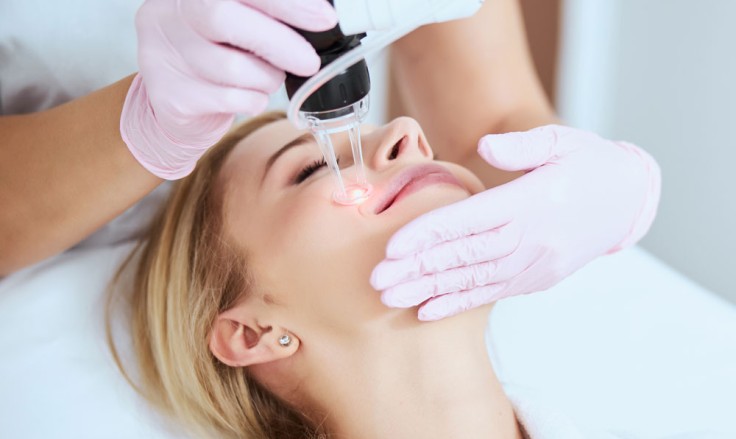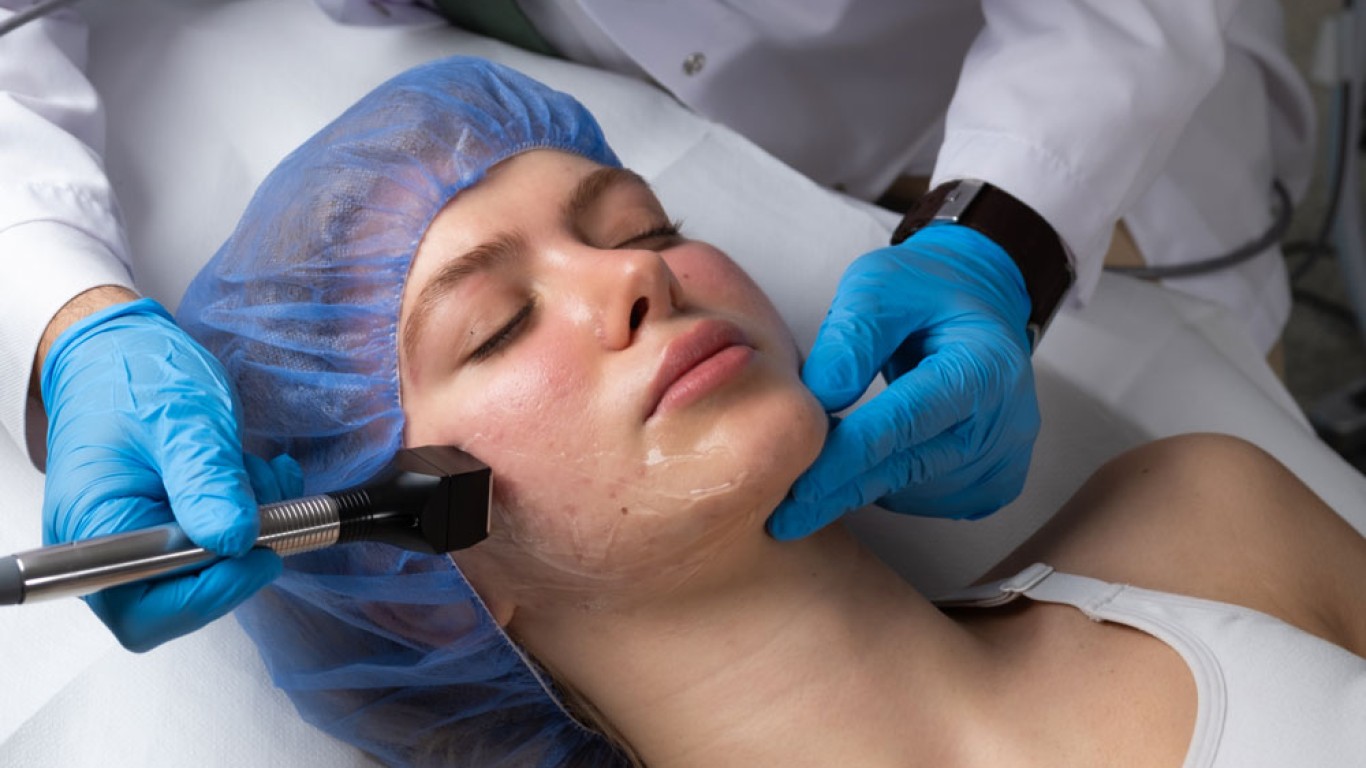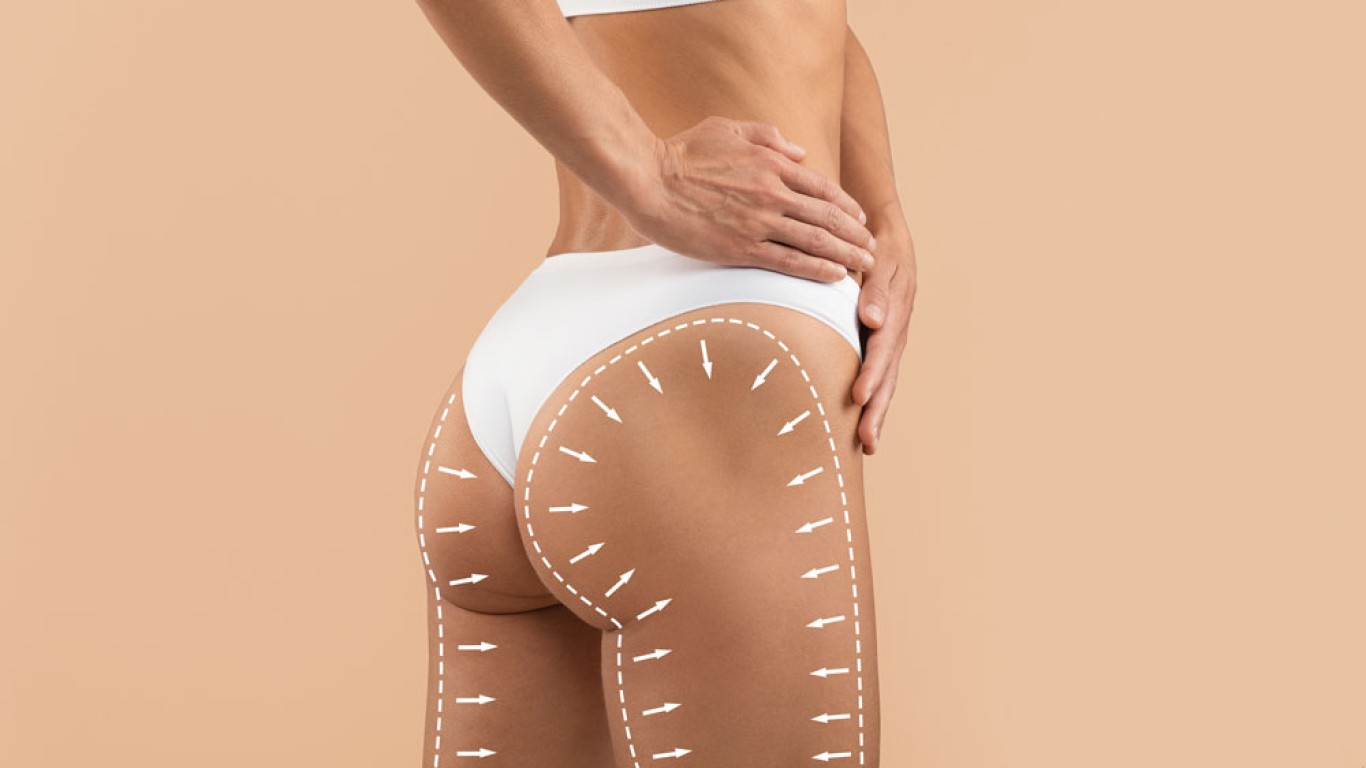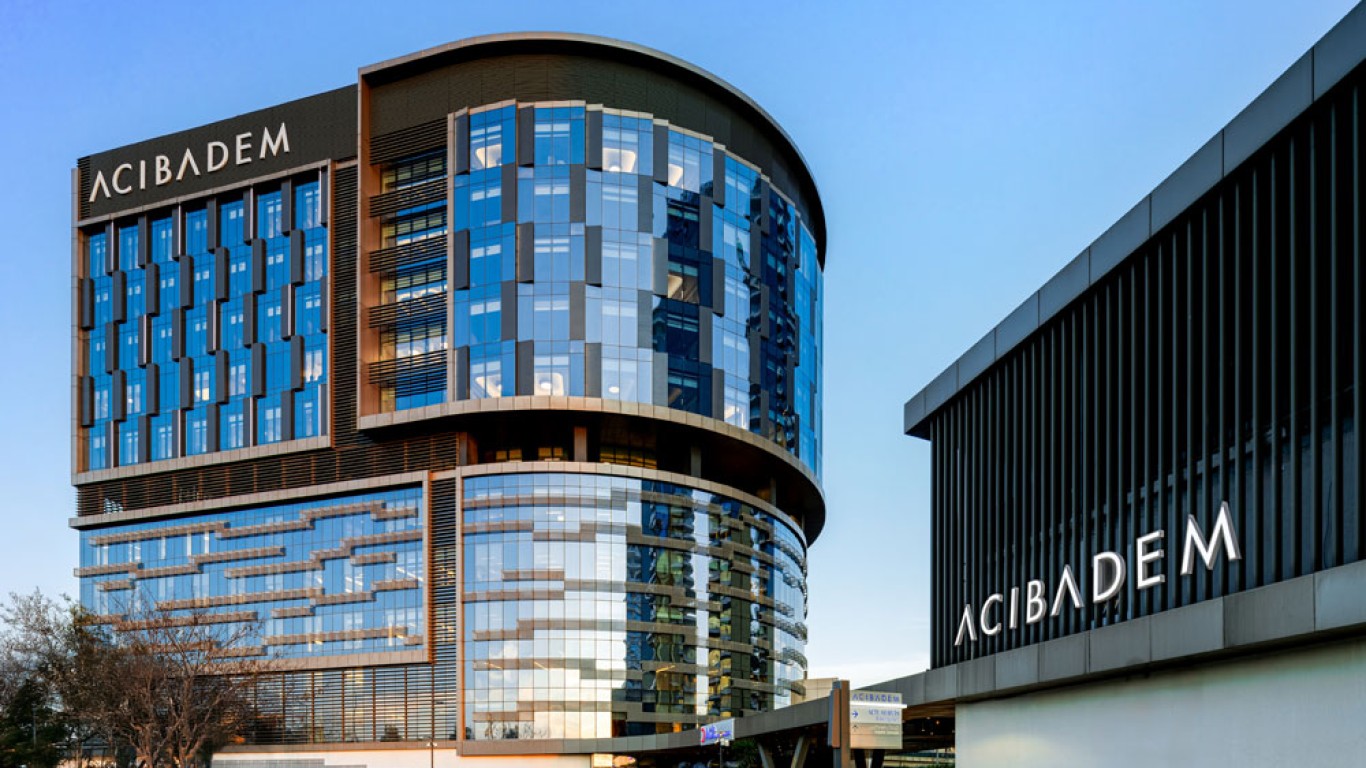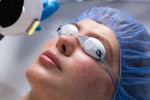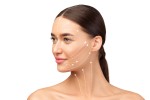Introduction
Dark marks that linger after acne, eczema, or skin irritation can feel frustrating. These spots, known as post-inflammatory hyperpigmentation, are among the most common pigmentation concerns worldwide.
The good news is that they are treatable. With advanced skin care, clinical therapies, and consistent habits, clear, balanced skin is achievable again.
This article explains the causes and the most effective treatment options available today.
What Is Post-Inflammatory Hyperpigmentation?
Post inflammatory hyperpigmentation occurs when the skin produces excess melanin after inflammation or injury.
It often appears as flat brown or dark marks where blemishes or irritation once were.
Unlike scars, it doesn’t change the skin’s texture - only its colour.
Although the marks can fade naturally over time, professional treatments can help accelerate the process safely.
Common Causes of Post-Inflammatory Hyperpigmentation
Several factors can be a trigger. This includes acne breakouts, insect bites, burns, or cosmetic procedures.
The condition can affect any skin tone, though it’s more noticeable on darker complexions.
Hormonal imbalances, harsh skin care products, or inadequate sun protection can make it worse. Understanding the trigger is essential before selecting the most effective treatment plan.
Post-Inflammatory Hyperpigmentation: Topical Treatments
Topical care forms the first line of treatment for post inflammatory hyperpigmentation. Certain ingredients help regulate melanin and promote renewal:
- Vitamin C: Brightens and protects against free radicals.
- Niacinamide: Strengthens the skin barrier and reduces uneven tone.
- Retinoids: Increase cell turnover to fade dark spots gradually.
- Azelaic acid: Calms inflammation while improving discolouration.
These products are most effective when used consistently under professional guidance.
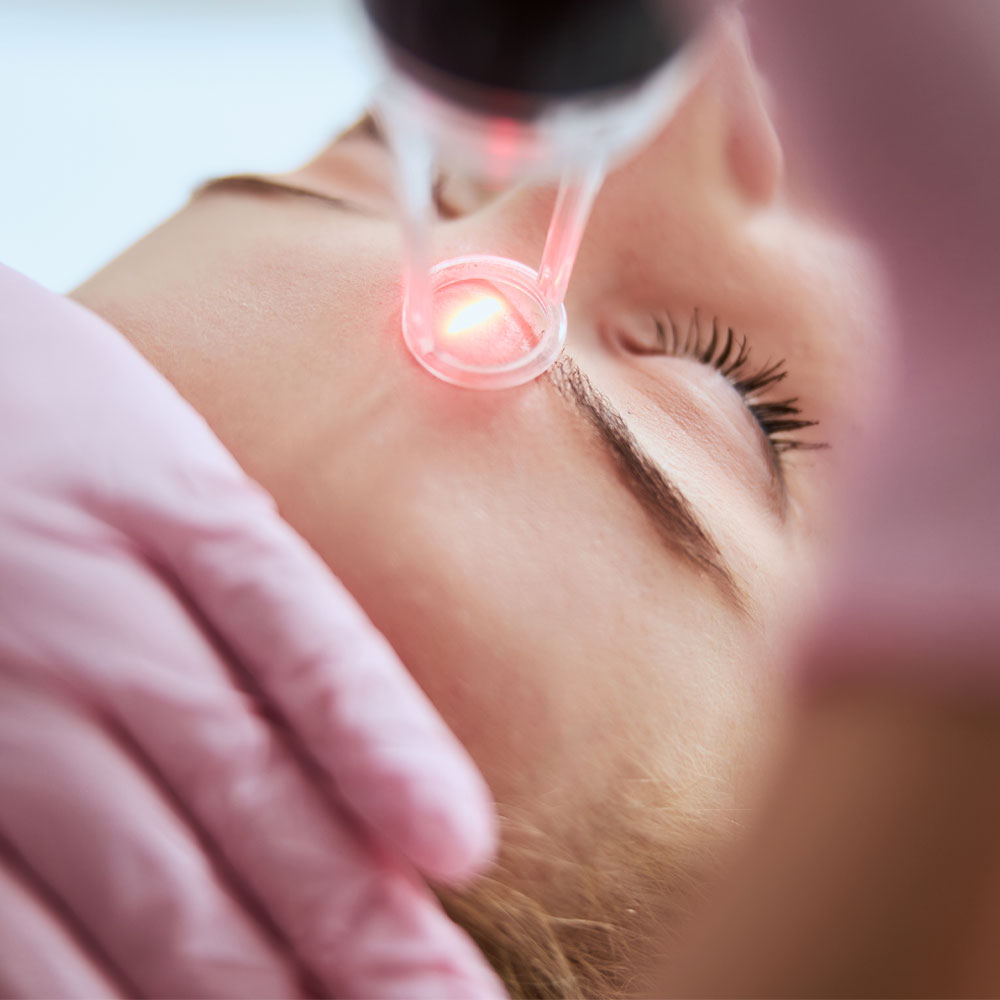
Post-Inflammatory Hyperpigmentation: Chemical Peels
Chemical peels remain one of the most effective professional options for post inflammatory hyperpigmentation.
They use controlled exfoliation to remove pigmented surface cells, revealing a brighter, even layer beneath.
Light peels using glycolic or lactic acid suit mild pigmentation. Medium peels tend to address deeper spots.
Regular sessions improve overall skin clarity and texture, especially when combined with daily sun protection.
Post-Inflammatory Hyperpigmentation: Laser Treatments
Laser therapy has revolutionised the treatment of stubborn pigmentation. Using focused light energy, lasers target excess melanin deep within the skin.
The pigment absorbs the energy and breaks into smaller particles, which the body naturally clears.
Modern fractional and Q-switched lasers offer safe, precise results. They do this without damaging surrounding tissue.
These treatments also stimulate collagen renewal, improving skin texture and radiance.
Post-Inflammatory Hyperpigmentation: Microneedling
Microneedling creates controlled micro-channels in the skin, triggering the body’s natural repair process.
When used it promotes cell turnover and supports even pigment distribution.
Combining microneedling with brightening serums or platelet-rich plasma (PRP) enhances results. This will improve both the tone and texture of the skin.
It’s especially beneficial for those with mild to moderate pigmentation who prefer non-laser options.
Post-Inflammatory Hyperpigmentation: Mesotherapy
Mesotherapy offers another effective approach for post inflammatory hyperpigmentation. It delivers vitamins, antioxidants, and brightening ingredients directly into the affected areas.
These nutrients regulate melanin activity, hydrate the skin, and enhance glow.
Because it targets pigmentation beneath the surface, results appear gradually and naturally. Mesotherapy is often used in combination with chemical peels or lasers for maximum benefit.
Post-Inflammatory Hyperpigmentation: Intense Pulsed Light (IPL) Therapy
IPL is another light-based treatment suited for post-inflammatory hyperpigmentation caused by sun exposure or acne.
It emits multiple wavelengths that target pigment at varying depths. Over time, the discoloured spots lighten as the skin renews itself.
Patients appreciate IPL because it’s gentle, quick, and involves minimal recovery.
Its versatility makes it an ideal option for full-face brightening and tone improvement.
The Importance of Sun Protection
Sun exposure is one of the biggest factors that prolongs post-inflammatory hyperpigmentation.
UV rays trigger melanin production, darkening existing marks and creating new ones.
Daily SPF is essential for all treatment plans. Broad-spectrum sunscreen protects progress and helps prevent future discolouration.
Wearing hats, seeking shade, and avoiding peak sun hours further enhance results.
Conclusion
Post-inflammatory hyperpigmentation may take time to fade. But, modern treatments make recovery faster and safer.
From peels and lasers to mesotherapy and topical care, each option helps restore even, luminous skin. With professional support and consistent protection, clearer, more confident skin is absolutely possible.
For more information and to book a consultation visit the ACIBADEM Beauty Center Skin Treatments webpage.
Frequently Asked Questions
It develops when inflammation triggers excess melanin production after acne or irritation.
Yes, but professional treatments significantly speed up the fading process.
Chemical peels and laser therapies often show quicker results when guided by experts.
Yes, without SPF and maintenance, pigmentation can reappear.
Yes, modern methods are designed to treat all tones safely and effectively.
